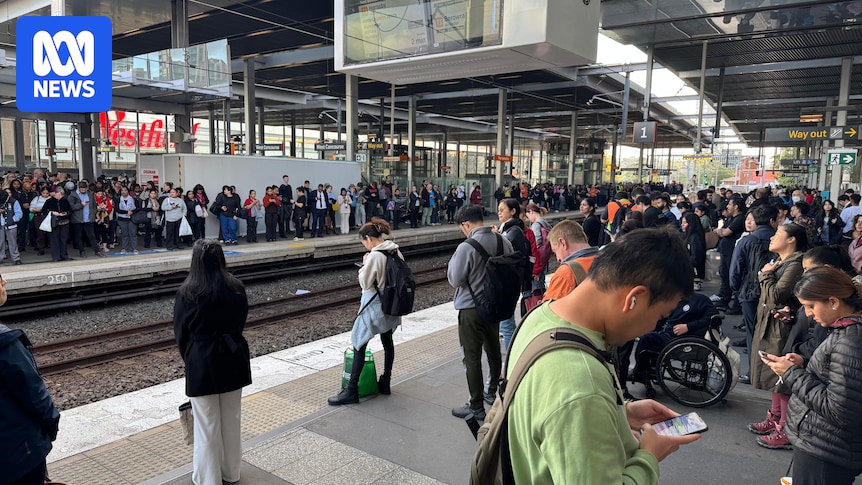
The rail review into Sydney’s day of commuter horror in May has unearthed serious problems with the city’s rail network, but one question remains: when is it going to be fixed? New South Wales Transport Minister John Graham told reporters on Tuesday that among the “blunt” findings, the department has identified five key areas for improvement.
The Independent Rail Review, released on Tuesday, was commissioned after a wire failure between Strathfield and Homebush stations on May 20 brought the network to a standstill for two days. The government has accepted all 12 recommendations made by the review, though its author Kerry Schott warned any remedies to the issues identified would take time.
“A lot of them can’t be done straight away, and I’m not making any excuses for any delay with them, but they are being attended to,” Dr Schott said at a press conference.
Big Investment in Maintenance Upgrades
One of the major issues highlighted in the report was how the Sydney Trains rail network has been maintained in recent years. Mr. Graham said the government was committing $485 million over the next four years to “renewing the assets” of the system.
“That will include upgrading track, signals, overhead wiring, and drainage in flood-prone areas and that will begin this year,” he said. “We’ll also establish rapid incident response teams operating out of Redfern and Homebush.”
‘New Technology’ on the Rail Network
Pointing to the digital scan that identified the wire problem in May, Mr. Graham said the government was rolling out “new technology” as part of its response to the review. That scan was recently run again, finding 126 “points of interest,” and will now be completed annually to address any similar issues, Mr. Graham said.
The review found the wire near Strathfield Station that halted the network in May had been identified as a risk in 2020 but was never repaired.
“What took two days for passengers, if you’re trying to catch a train in Sydney, should have taken just a day to resolve,” Mr. Graham said.
Innovative Detection Methods
One of the findings in the review focused on the primitive way in which staff were detecting issues on the network. Workers had been using binoculars to look for signs of problems with overhead wires across the city’s network. To address this, Mr. Graham said the government would now roll out “laser hand-held devices.”
“While looking at wires through binoculars does on the face of it sound a bit archaic and weird, the difficulty with it is we do need to keep the trains running,” Dr. Schott said. “The people looking at the wires are actually usually standing some distance from the wire they are looking at.”
Improving Communication
Another key aspect that came into the focus of the review was how Transport for NSW delivered the bad news to commuters when the network shut down in May. While not laying out a timeline for how the communication changes will take place, Mr. Graham vowed the public could expect better from the agency.
“One of the things we need to do is to make sure the information isn’t making it worse for passengers,” Mr. Graham said. “Information which is wrong being distributed at the time was actually making this situation worse. That will change.”
New Fleet on the Horizon
To replace what Mr. Graham said was an ageing fleet, a new “more reliable” replacement was going to hit the tracks in a few weeks’ time. The new trains set for the Blue Mountains and Newcastle lines are expected to go live in October, he said.
“That will mean we are able to retire older fleets and that will mean, for passengers, the rail system is more reliable.”
This development follows a history of challenges faced by Sydney’s rail network, which has been under scrutiny for its ageing infrastructure and frequent delays. The move represents a significant investment in the future of public transport in New South Wales, aiming to restore commuter confidence and ensure a more reliable service.
As the government works to implement these changes, commuters and stakeholders alike will be watching closely to see if these measures translate into tangible improvements on the ground. The next few months will be critical in determining the effectiveness of these initiatives and whether they can prevent future disruptions.





